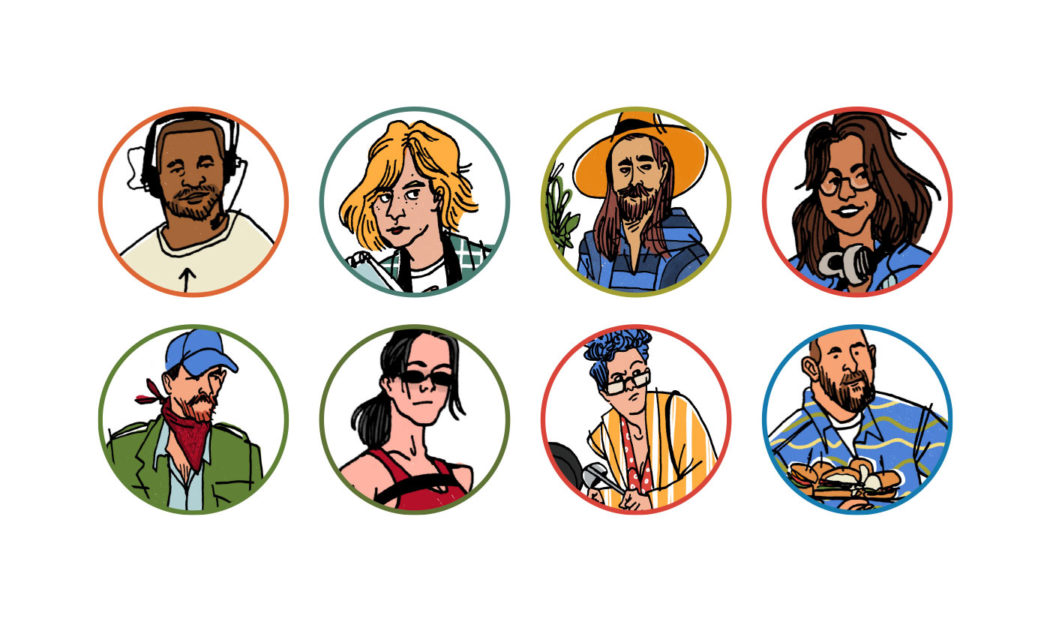Illustrations by Nono Flores
The People Who Make It Happen
You are on your couch—or if you’re lucky in a theater—hammering down that bag of popcorn faster than Viggo Mortensen with a can of peaches after the fall of civilization. You hear the ever-present ba bummmmm from Netflix or the roar of the MGM lion. And boom … your movie—or let’s be real, 13th episode in a row—comes on. You’re immediately hit with the names of the key players involved. Whether it’s the Director or the 17 pages of Executive Producers, these are the big hitters. The “above the liners.” The household names. Everyone pretty much knows the gist of what they did to bring the story to your screen (except the Executive Producers … seriously there’s a lot now—can we be one?).
But what about the names that come in at the closing credits? The one you just skipped over by clicking “next episode” or “skip credits.” Or maybe your eyes glazed over while you waited for an end-credit scene.
Seriously, though—pay some respects and watch them. Netflix—can you at least just please give us like one whole minute? Yes, we can IMDb it. That’s not the point.
We worked with some industry veterans to highlight some of the unsung heroes of a film set. They may get skipped over when you click … but they’re just as important as those in the beginning. While there are literally hundreds that are all critical, from locations to marketing, we picked a number of crafts out of a hat and broke down our best insider info on each. We even tossed in one or two you may know, but don’t really know. Ya know?
Maybe now you’ll think twice about skipping the closing credits, and just maybe you’ll crush it at your next movie trivia night (we’re looking at you, Crocodile Lounge).

The Basics: Runs the lighting for every shot.
The Day to Day: Works primarily with the Director of Photography, Key Grip, and their Best Boys (see next) to make the technical side of a shot happen, controlling the light (be it the sun or a 20k lamp). They are the chief lighting technician, and technically the head electrician on set. Don’t even try to plug that iPhone into the breaker box without checking with their crew. Apparently, the name comes from a British term for “old man,” and was used to refer to the most experienced member of their crew. Makes sense because the Gaffer (definitely not always a man these days, thank goodness) is usually the most experienced of the technical crew, along with the Key Grip.
On Set Tropes: Usually never leaves camera except to nap in the truck at lunch. Pissed when crafty finally makes it to their crew and all the mini ham and cheese croissants were raided by the extras.


The Basics: Not necessarily boys but they are the best.
The Day to Day: There’s two, technically: one Best Boy Electric (works directly for the Gaffer), and Best Boy Grip (shocker—they work directly for the Key Grip). The Best Boy usually operates from their respective truck, managing equipment going to and from the set, as well as manpower and implementation of the Gaffer or Key Grip’s vision (which ultimately comes from the Director of Photography via the Director). The Best Boys (gender-neutral—yes, women call themselves Best Boys) generally keep the day-to-day operation of the electrical or grip departments running smoothly, from running the truck to hiring day laborers and everything in between. The Best Boy controls the pace for lighting setups, too, and can make or break an Assistant Director’s day.
On Set Tropes: Loves meal penalties. Claims to not like overtime but knows it’s coming and gets upset when it doesn’t. If the Best Boy ain’t happy, nobody’s happy. Wants to be a teamster but likes the gear too much.
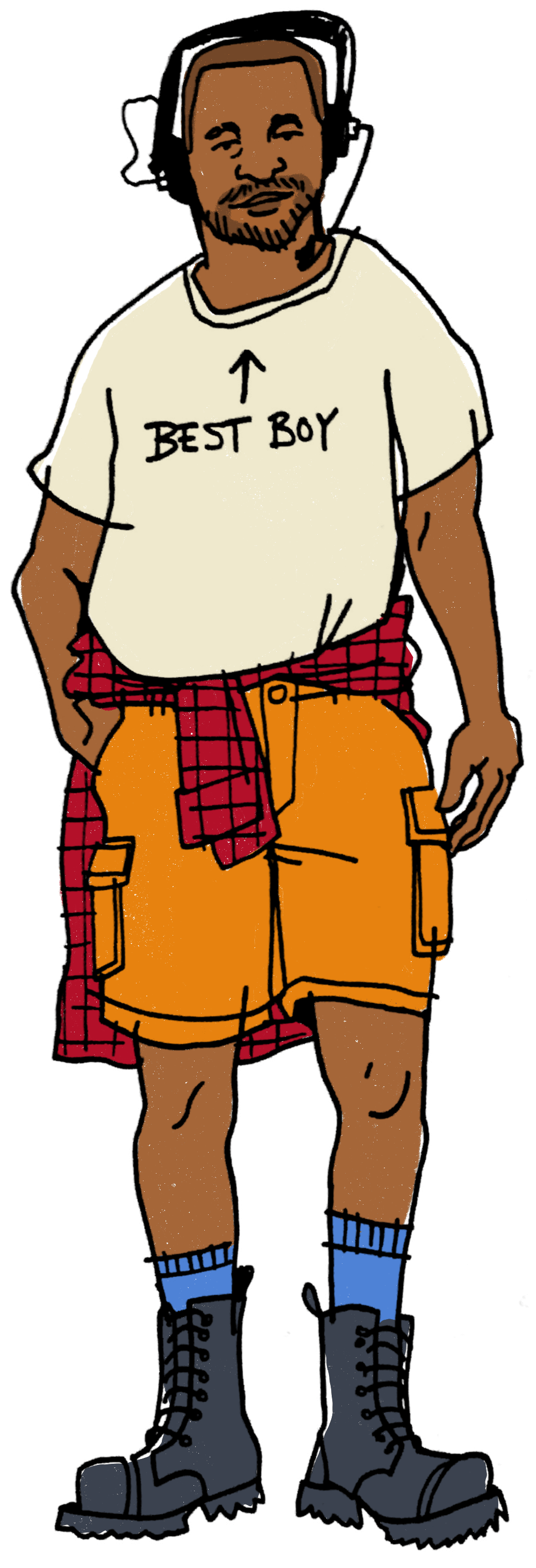

The Basics: The most important crew member.
Hands down. Not an argument.
The Day to Day: Film crews work looonngg hours and often in strange places with no services nearby. With days running typically 12 hours or more every day, there are two standard meals a day (often a third if it’s a really long one) provided by catering, so the crew needs sustenance the rest of the time to keep the engines running. This is where craft service comes in. They are the water cooler where everyone hangs out when on breaks. They make your day with afternoon coffee smoothies or hot flatbread pizzas. Or maybe you just need your sixth cup of coffee and another handful of Swedish Fish. Crafty, as it’s called by most, is basically the glue that prevents the apocalypse when the director asks for just one more camera setup. Also, the PA 15 is real. You try coming from college to walking past a table of free and fresh donuts every hour while running the bells.
On Set Tropes: Nothing. Never speak ill of crafty. Except they all hate background holding.
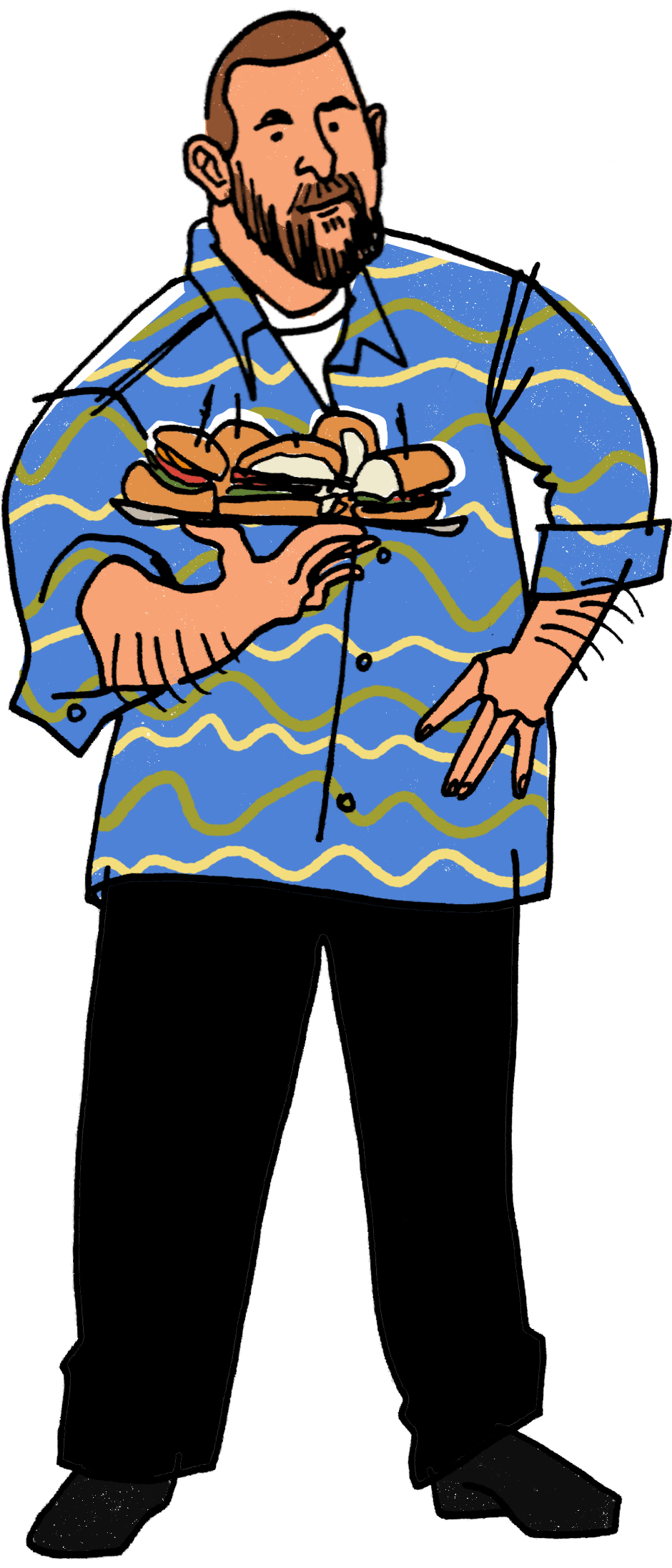

The Basics: Not on set, but this might be the ideal job: They make all the sound effects. Well, they did, and sometimes still do.
The Day to Day: Jack Foley came on the scene in the 1920s, when movies began incorporating sound. Universal Studios was about to make Show Boat, its first musical-with-sound, and it asked if anyone on staff had radio experience. Foley stepped up, and the art of sound design was born. The sound of that iconic rolling boulder in Indiana Jones is really an engine-less car barreling across pavement; celery sticks breaking can simulate cracking bones; and the blaster sound for the guns in Star Wars was made by whipping a steel cable. Foley artists have a highly specific, intensely creative craft, but many fear the job is losing ground these days to generic computer-generated sound effects. You just can’t get the good stuff from Garageband plugins, but here we are. There are, however, still a few fantastic Foley professionals working across the industry for directors like Steven Spielberg and Wes Anderson. Did we mention we want this job?
On Set Tropes: There are none. They sit in a mad scientist’s lab creating sound effects. This job is badass.
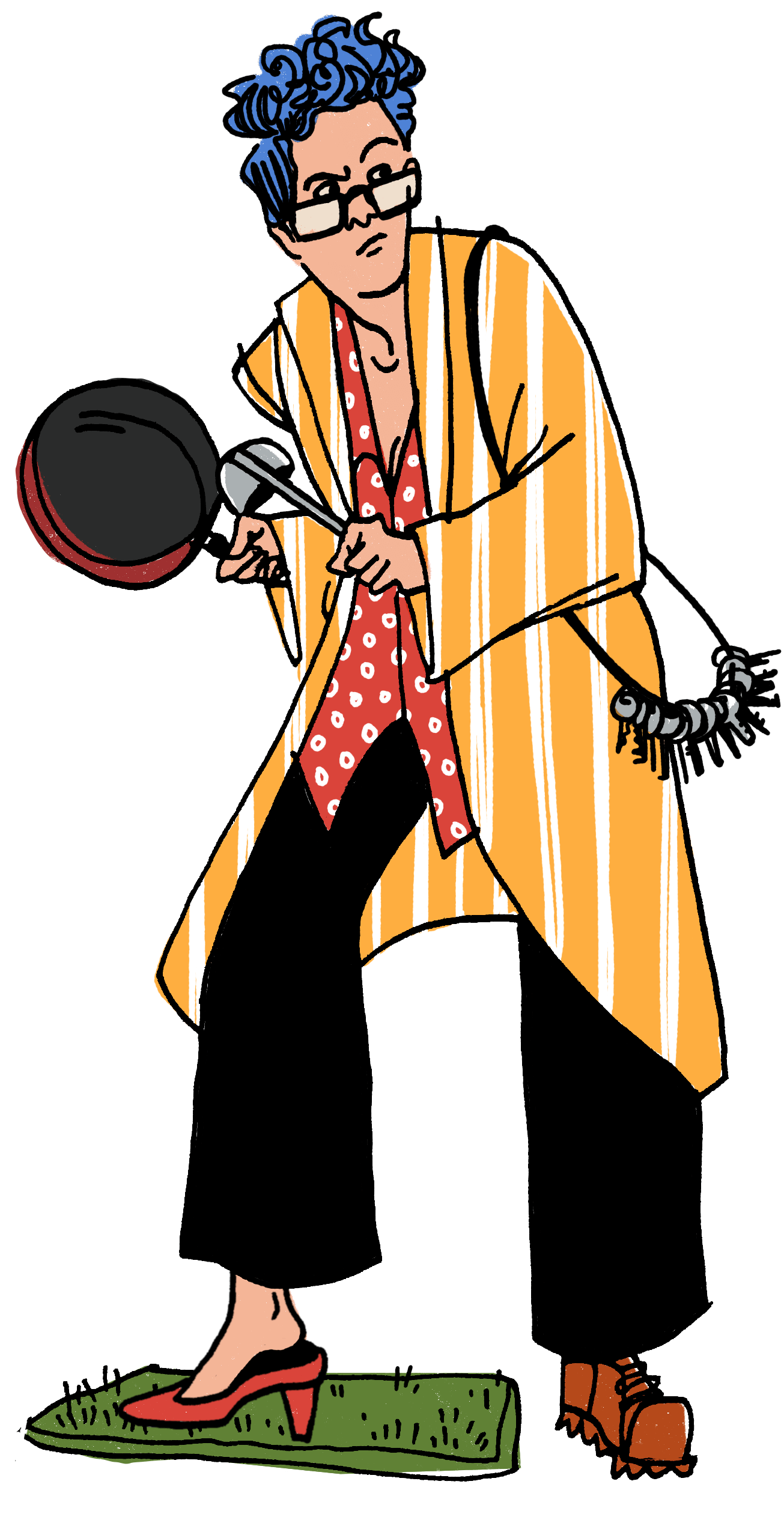

The Basics: You probably guessed it. They work from concept to wrap to find and manage the film’s locations (outside of the studio).
The Day to Day: They handle the creative side and the logistical side. Honestly, the job looks like a blast because you get to know and learn about some crazy places throughout your career. But you’re also the first person production yells at if, say, a lawnmower is running somewhere and it’s interrupting sound, or if a crazy neighbor is screaming outside a window to turn your generators off in the street. Imagine any crazy scenario—especially with NYC locations—and you can bet the locations department has had to deal with it. Being the first people there every day to unlock the doors and keep parking clear for the crew and trucks, and then being the last to leave-taking out all of the crafty trash and crew destruction. Who handles the cleanup when the crew completely tramples someone’s backyard? Locations. Who gets to explore the most secret haunted old taverns in Maine? Locations. Who sleeps in their car because they’re worried about security at a historic house in Long Island? Locations. Who has the best ins with every restaurant and bar owner in NYC? Locations. It’s 50/50 every day whether you’ll end it on an all-time high or end it ready for a new career. But this department is critical to making sure the director’s vision is realized through the set on location.
On Set Trops: Always the most tired, over-caffeinated, stressed person on a set (okay, maybe outside of the Line Producer). Always has the best time at the wrap party. Who you call when Momofuku Ko has a six-month wait.
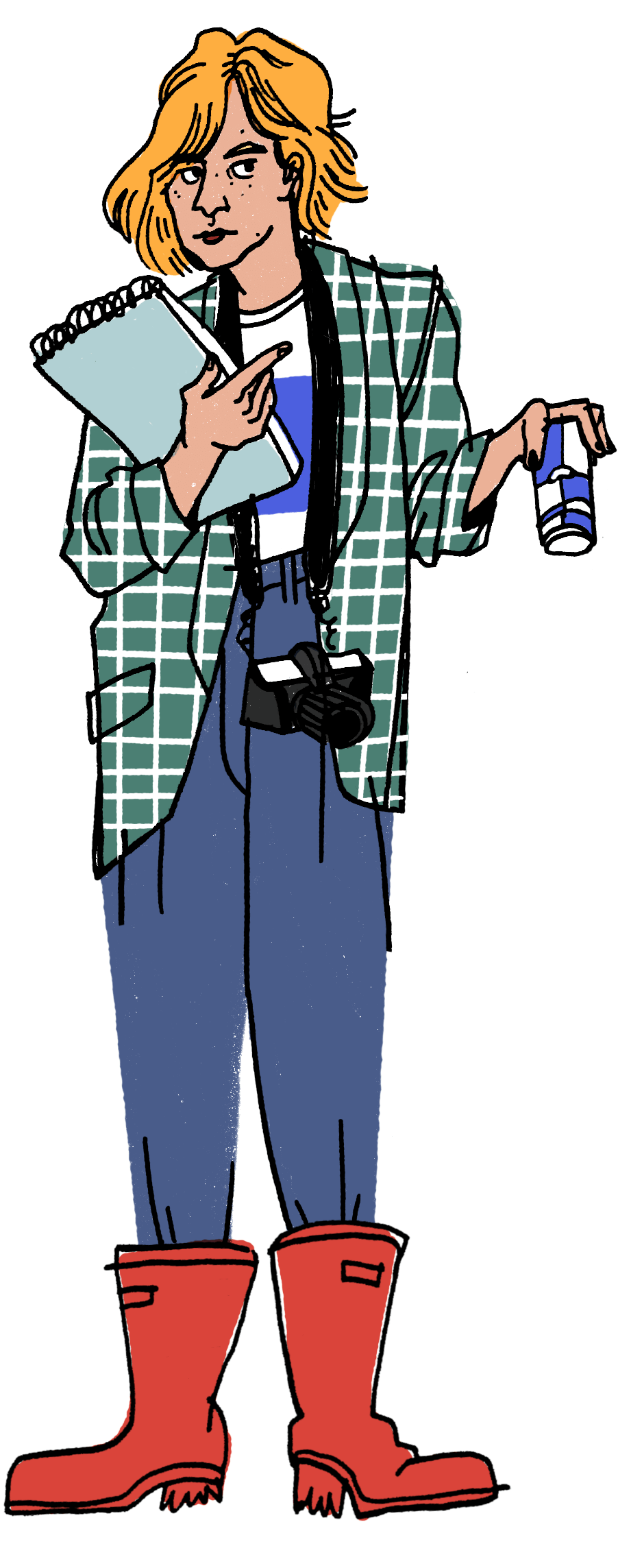

We can neither confirm nor deny we wrote these words if you’re a teamster reading this …
The Basics: They run shit.
The Day to Day: They run shit. No, but seriously. Not an engine is turned on, not a truck driven, not an actor or crew member arrives to set (a majority of the time) without a Teamster getting them there. A legendary union role, often coveted yet often bitched about. Rarely bitched to. From the honey wagon (that long trailer with actors’ rooms, production offices, and bathrooms— hence the honey part) to any crew member needing a ride over a certain distance, or even delivering the film back in the day to Kodak or the production office, Teamsters are required to be there. They keep the generators running, the trucks warm, the craft service empty, but also they keep the entire production a well-oiled machine. If you’ve never seen PAs and the Teamsters organize a company move to a different location, you’ve never witnessed greatness. We could go on and on, but know this: Jimmy Hoffa was head of the International Brotherhood of Teamsters. Now his son is president.
On Set Tropes: See the previous two sentences … we’ll leave it at that to keep this magazine going.


The Basics: Every tree, bush, houseplant you see in a frame was placed there (except vast outdoor scenes obvi) by the greens department, working with the Production Designer.
The Day to Day: Most of the greensman’s work is done on a soundstage or an interior location, creating backyards, jungles and forests on an artificial environment or set. Sometimes they’ll be needed on an exterior location, but mainly to augment what’s already there. Not surprisingly, it takes a green thumb to understand this position, and no small amount of physical labor. Constantly moving plants, digging holes, watering, fertilizing, moving and trimming. That’s the day.
On Set Tropes: The “greens” department. Get it? Yeah, you get it.
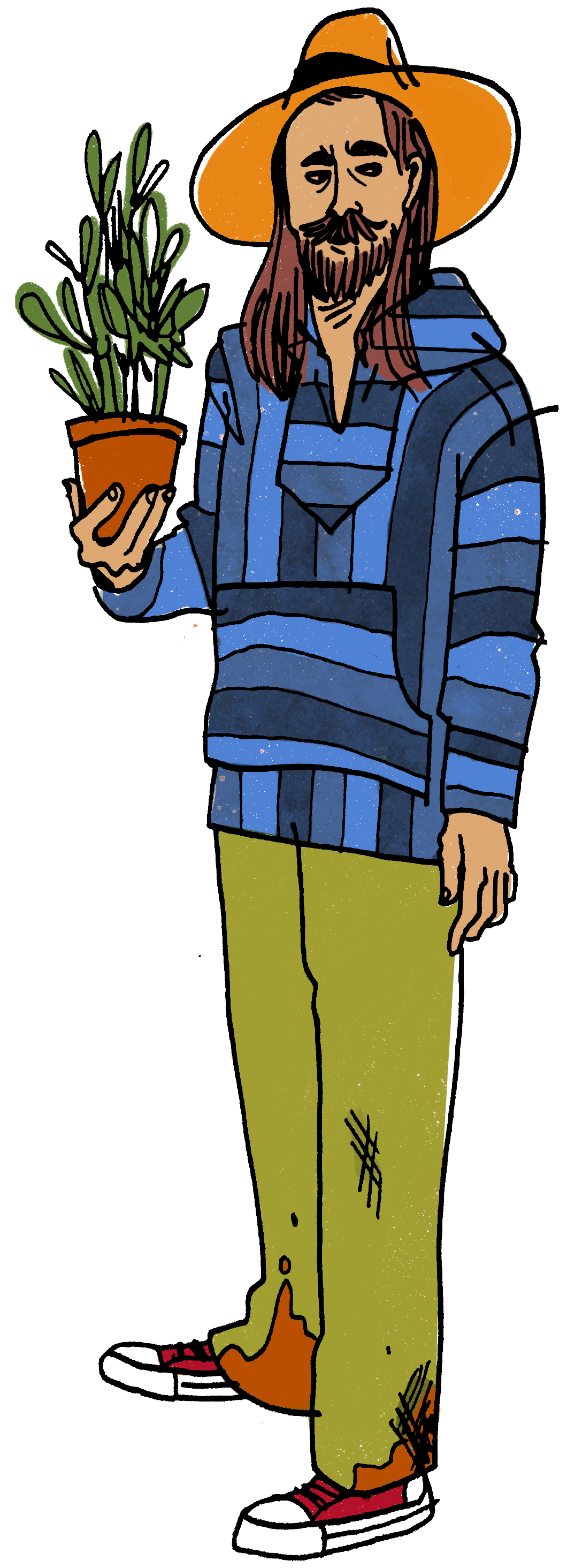

There’s a lot of important roles here and we wanted to give love to the whole department.
The Basics: From the 1st Assistant Director to the Production Assistants, this is the core of keeping a set and production running smoothly and efficiently. Or potentially the opposite.
The Day to Day: The 1st Assistant Director cracks the whip, runs the show on set and works for the Director. Often disliked, so the Director looks like the good cop. From organizing the entire shooting schedule to calling rolls and cuts, this is the captain of the ship, and is in charge of keeping “the day” on time and on budget. The 2nd Assistant Director runs tomorrow and behind the curtain today. Every actor/prop/car/stunt/explosion is lined up and confirmed or changed for the weather by the 2nd AD. The 2nd 2nd Assistant Director runs background and other variables like stunts for the 1st AD on set. Yes, that’s right, every cop or banker or nurse passing in the background is cued and directed by the 2nd 2nd. The set Production Assistants are the lowest on the totem pole but everyone knows they can make or break a vibe. From the Key PA who runs the set and all the PAs (including scheduling and booking) to the 1st Team PA who is usually the first in and last out (besides the locations department, of course), the PAs are making sure all the cast are taken care of and where they need to be when they need to be, right down to the kid on walkie ten blocks away asking some grandma to not come out of her building or else she’ll be in the shot.
On Set Tropes: The crew loves or hates all of production. There is no in-between. A department that also hates background holding. PAs are how Tom Cruise was able to run through an empty Times Square.
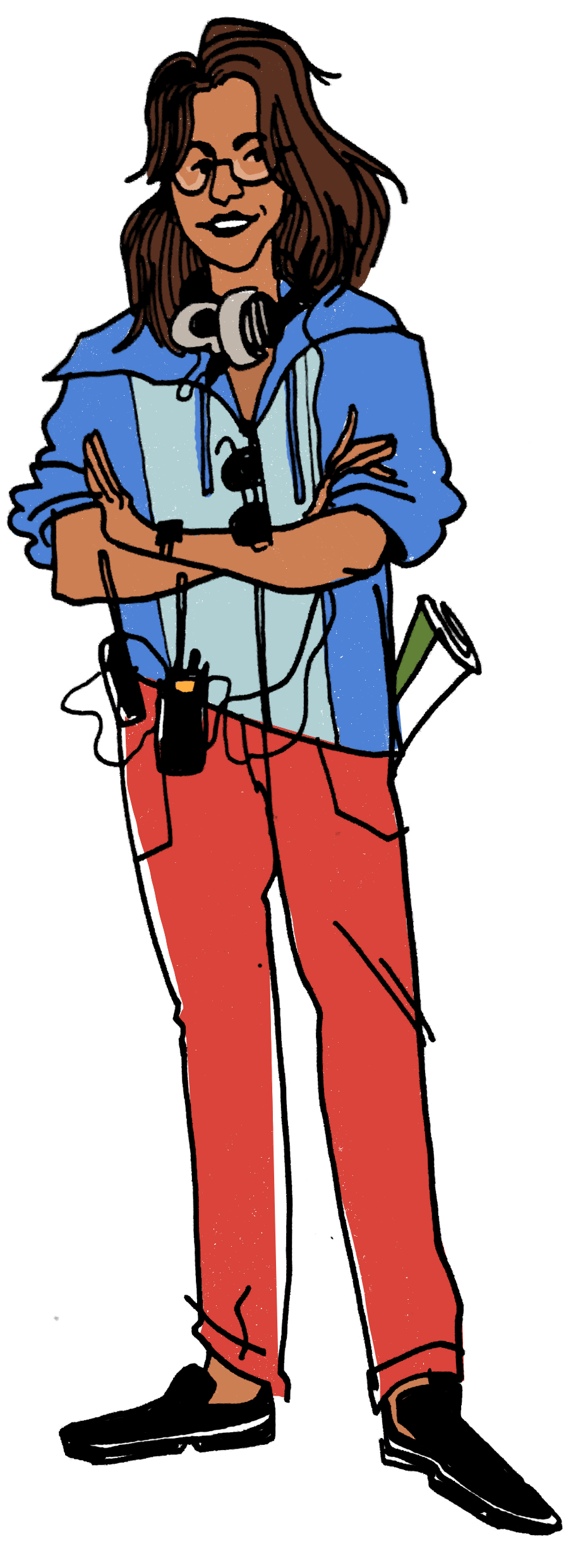

The Basics: Shoutout to our stunt homies, some of the hardest working crew on set. Sure, you have a general idea of the job, but you don’t really know how far these men and women go every day to make the shot look good.
The Day to Day: For insurance and production-related reasons, most actors are not able to do any stunt on their own. Even running through a crowd of people. There’s potential for injury to themselves or others, and that’s where the stunt department has to step in and make the shot happen. The coordinator is the organizer, choreographer, fight trainer, and and sometimes even the actual stunt person. From running dedicated units that just do stunts while the main production is shooting dialogue scenes or interiors, to just being in hair and makeup to match the actors for simple running or jumping scenes, the stunt crew is part of it all. You want the Rock to drive this tank off the edge of the quarry? He can with a green screen while his stunt double (actually his cousin Tanoai Reed) drives it off a modified cliff for real. Leo Dicaprio in a fistfight? Nah, we wouldn’t want to hurt that pretty face. Insert the stunt double to perform the complicated fight scenes and face shots. They’re the soldiers, the mafia guys getting their brains blown out in a drive-by, the ladies ripping motorcycles in Kill Bill. They bring the heat. Johnny and Chris C are the leaders in this world in NYC. From playing mafia hitmen with lines to coordinating full car chases, this brother duo has their hands and stunt team in everything.
On Set Tropes: Just tell them you can drive better than them. Probably the only crewmembers who don’t gorge at crafty. Might be better looking than the actors.


